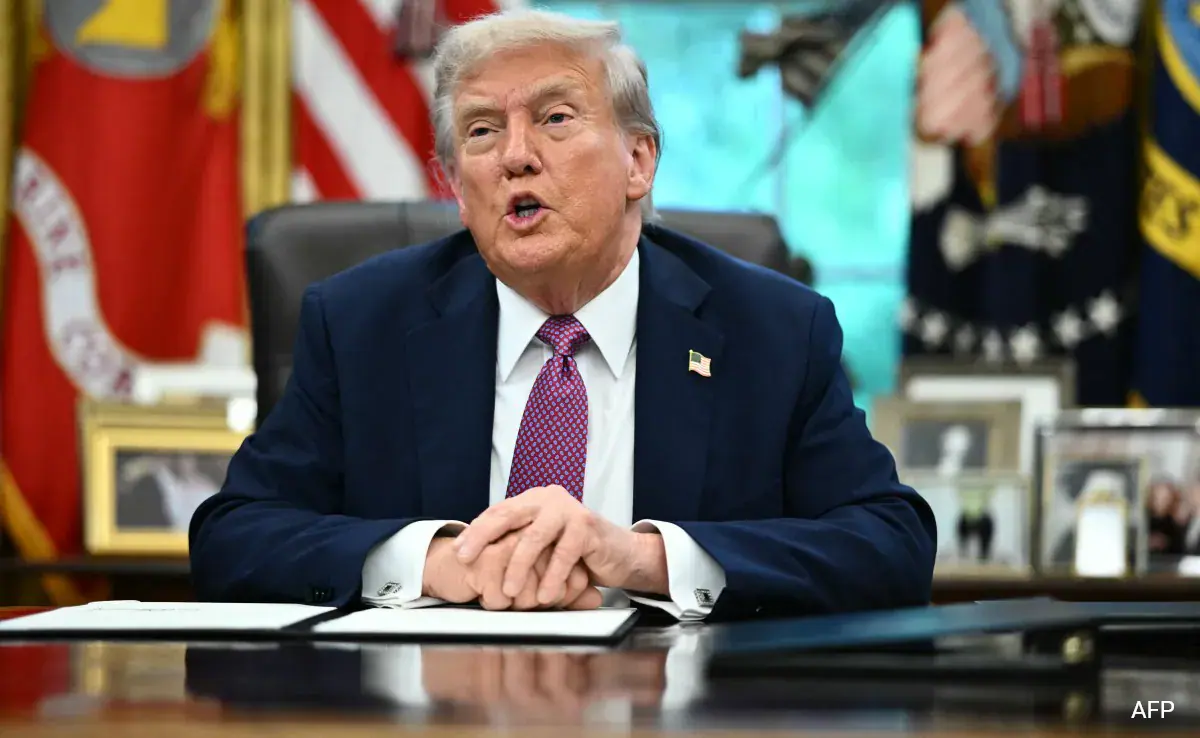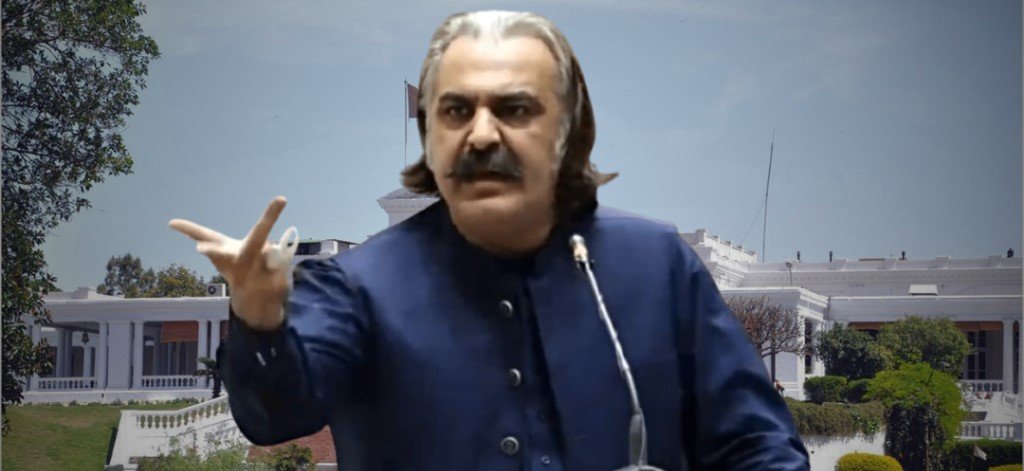A Shocking Move Hits Skilled Workers Hard
U.S. President Donald Trump has dropped a bombshell for global talent, announcing a massive $100,000 annual fee for the H-1B visa program on September 20, 2025. The Trump H1B Visa Fee policy, aimed at protecting American jobs, has sent shockwaves through tech hubs and immigration circles, with critics slamming it as a barrier to innovation. The Trump H1B Visa Fee comes amid Trump’s push to overhaul immigration, targeting the H-1B program that brings in 85,000 skilled workers yearly.
The Trump H1B Visa Fee has ignited a firestorm on social media, with professionals and companies weighing the costs. Here’s the full story on its implications, and what it means for the future of work visas.
What Sparked the Trump H1B Visa Fee Policy?
The Trump H1B Visa Fee was unveiled during a White House press briefing on September 20, 2025, where Trump declared, “We’re putting America first companies will pay for foreign labor, not American taxpayers.” The policy requires employers to pay $100,000 per H-1B visa holder annually, on top of the existing $4,000 fee, to fund domestic training programs. The builds on Trump’s first-term efforts, like the 2017 executive order increasing scrutiny on H-1B applications.
The H-1B program, created in 1990, allows U.S. companies to hire skilled foreign workers in fields like tech, engineering, and medicine for up to six years. In 2025, over 400,000 applications were filed for 85,000 visas, with Indians receiving 72%. The Trump H1B Visa Fee aims to reduce abuse, where companies allegedly underpay H-1B workers to undercut wages, but critics say it will deter talent and hurt innovation.
Why This Matters
The Trump H1B Visa Fee is a game-changer for the global workforce. Tech giants like Google, Microsoft, and Amazon, which rely on H-1B visas for 70% of their foreign hires, face a $7 billion annual cost hike if all 85,000 visas are used. The could force companies to hire domestically or offshore jobs, potentially slowing U.S. innovation in AI and software development. For Indian professionals, who dominate 72% of H-1B visas, the means higher living costs and uncertainty, with many eyeing alternatives like Canada.
READ MORE: Rabi-us-Sani Moon Sighting SUPARCO predicts moon on Sep 23
This policy also impacts economies like India’s, where H-1B remittances exceed $10 billion yearly. The Trump H1B Visa Fee aligns with Trump’s “America First” agenda, echoing his 2024 campaign promises to end “visa abuse,” but it risks alienating allies and stifling growth in a post-pandemic world.
Public Reaction and Social Media Buzz
The Trump H1B Visa Fee set X on fire on September 20, 2025. Tech workers vented frustration, with one posting, “Trump H1B Visa Fee $100K? Dream over for H-1B holders!” Another shared a meme of a broken visa stamp, captioning, “Thanks, Trump.” Hashtags like #TrumpH1BVisaFee trended, with clips of Trump’s briefing going viral. A user wrote, innovation killers!”
Companies like Infosys and TCS, major H-1B users, faced backlash, with a post saying, “Trump H1B Visa Fee how will Indian IT survive?” Supporters backed the policy, noting, jobs for Americans!” The buzz reflects the divisive nature, sparking debates on immigration and economy.
Challenges Amid the Policy
The Trump H1B Visa Fee faces hurdles. Implementing the $100,000 fee requires congressional approval, which could stall amid partisan divides. The Trump H1B Visa Fee risks legal challenges from tech lobbies, arguing it violates free trade principles. For employers, the could raise costs by 20–30%, forcing layoffs or offshoring, as seen in Microsoft’s 2024 cuts.
The Trump H1B Visa Fee also complicates global talent flow, with countries like Canada and Australia offering easier visas. U.S. universities, reliant on H-1B for international graduates, face enrollment drops. Despite these challenges, the aims to prioritize American workers, though critics say it’s a short-sighted move.
A Glimmer of Opportunity
The Trump H1B Visa Fee could spark innovation in domestic training, with funds allocated to U.S. workforce programs. One X post noted, time to upskill Americans!” It encourages companies to hire locally, fostering job growth. The Trump H1B Visa Fee is a call for balance, making it a symbol of economic nationalism.
The Trump H1B Visa Fee highlights the need for immigration reform, inspiring debate on fair policies. It’s a reminder that change, though tough, can drive progress, making a catalyst for dialogue.
What’s Next for Trump H1B Visa Fee?
The Trump H1B Visa Fee awaits congressional approval, with debates expected in October 2025. Tech firms may lobby for exemptions, while Trump pushes for implementation by 2026. The could reshape H-1B applications, with a drop in numbers predicted. Countries like India may accelerate visa alternatives, like Canada’s Express Entry.
Professionals are urged to explore options and follow updates on immigration policies. The Trump H1B Visa Fee is a chance to adapt and innovate, ensuring talent thrives. Stay tuned for updates on and its global impact.



